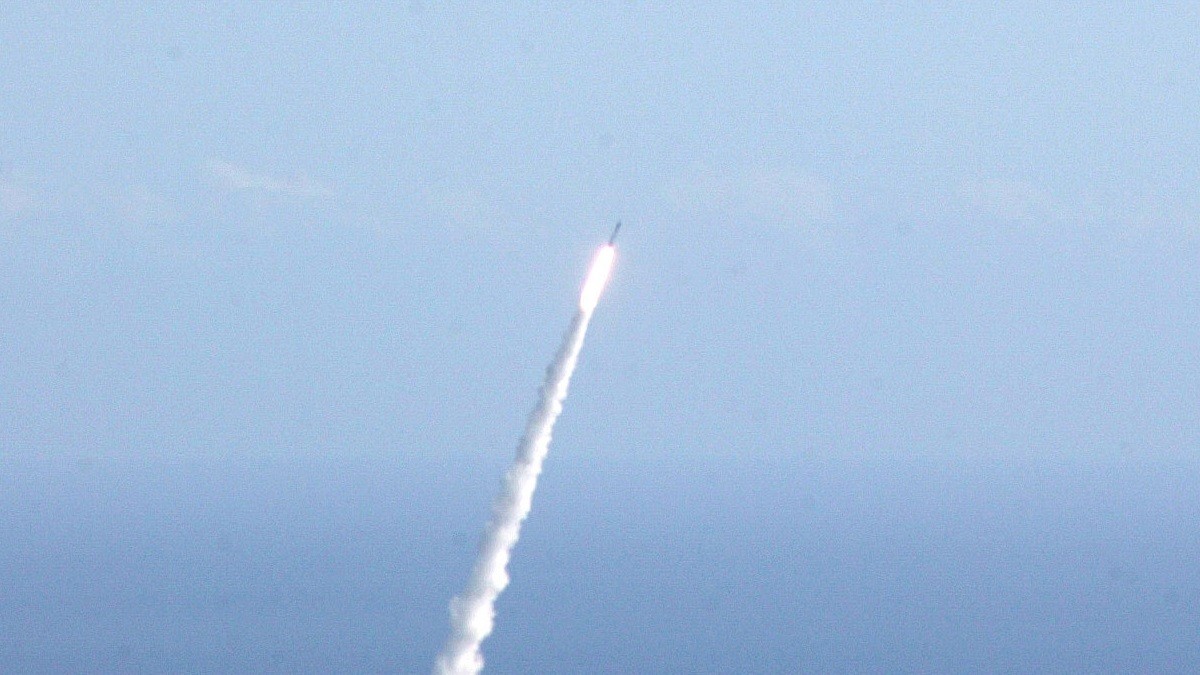World News
South Korea and Japan condemn North Korean missile launch [Video]

WHAT YOU NEED TO KNOW:
- North Korea fired two ballistic missiles that landed in the sea between North Korea and Japan.
- The missiles were fired at a steep angle but could have easily reached Japan when launched at a regular trajectory.
- South Korea “strongly condemned” the launch while Japan also rebuked Pyongyang for threatening Japan’s safety.
South Korea convened an emergency security meeting and “strongly condemned” North Korea for test-firing two more ballistic missiles on Sunday. The missiles were launched within striking distance of Japan.
According to South Korea’s Joint Chiefs of Staff, North Korea fired the missiles off its eastern coast. The missiles traveled a 311-mile distance at a height of 340 miles and landed in the sea between North Korea and Japan.
South Korea’s military noted that the missiles were launched at a steep angle, which means that a standard trajectory could have made them travel farther.
Kwon Yong Soo, a former professor at Korean National Defense University in South Korea, told the Associated Press that the flight details seem to reveal that North Korea fired Pukguksong-2 missiles. These can travel up to 1,240 miles when launched at a regular trajectory. This means they could have easily reached Japan and the US facilities there.
South Korea called out North Korea for increasing tensions in the peninsula, while Japanese Vice Defense Minister Toshiro Ino rebuked Pyongyang for threatening Japan’s safety.
There is no immediate threat to U.S. personnel and allies, the U.S. Indo-Pacific Command noted. But it added that North Korea’s missile programs have a “destabilizing impact.” It reiterated that the U.S. commitment to the defense of South Korea and Japan “remains ironclad.”
North Korea also tested a high-thrust solid fuel engine mere days before launching the ballistic missiles. The launch was overseen by North Korean leader Kim Jong Un. According to experts, the engine would permit more mobile launches amid an expanding missile program.
Professor Leif-Eric Easley of Ewha University in Seoul told Reuters, “Compared to liquid-propellant weapons, solid-fuel missiles are more mobile, quicker to launch, and easier to conceal and use during a conflict. Once deployed, the technology would make North Korea’s nuclear forces more versatile, survivable, and dangerous.”
Source: New York Post
